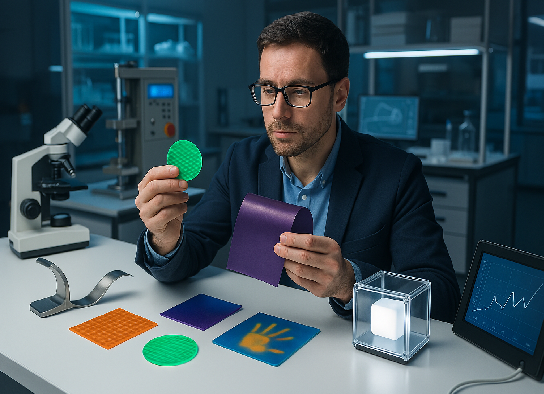The S4 enterprise suite represents a revolutionary approach to enterprise resource planning that transforms how organizations manage complex operations and innovation processes. Real-time analytics capabilities within the S4 enterprise suite provide instant visibility into supply chain performance, inventory levels, and production metrics, enabling rapid adjustments based on market demands and operational conditions. Seamless integration features connect research and development systems with manufacturing execution platforms. Hence, creating unified digital environments that support collaborative innovation.
Companies implementing these advanced enterprise solutions see plenty of advantages to their operations. Among these include but not limited to enhanced productivity, improved resource allocation, and accelerated product development. The way these systems do it is by leveraging automated processes and comprehensive business intelligence. The technological sophistication required for modern enterprise management parallels the innovation happening in material science, where smart materials are revolutionizing product design across multiple industries.
Understanding Smart Material Categories and Properties

Smart materials possess unique capabilities that allow them to respond dynamically to environmental stimuli such as:
- Temperature
- Light
- Electricity
- Mechanical stress
Shape memory alloys represent one of the most commercially successful smart material categories, returning to predetermined shapes when heated above specific temperatures. These materials find applications in medical devices, aerospace components, and consumer electronics where compact, reliable actuation is essential.
Piezoelectric materials generate electrical charges when subjected to mechanical stress and conversely produce mechanical motion when electrical voltage is applied. This dual functionality makes them invaluable for sensors, actuators, and energy harvesting applications in modern product designs. Thermochromic materials change color based on temperature variations, providing visual feedback mechanisms that enhance user safety and product functionality.
Design Integration Strategies and Manufacturing Considerations
Incorporating smart materials into product designs requires careful consideration of manufacturing processes, cost implications, and performance requirements. Designers must understand material limitations, activation thresholds, and long-term stability characteristics. Thorough consideration of these elements ensures reliable product performance throughout expected service lives. The integration process often involves redesigning traditional components to accommodate smart material properties and activation mechanisms.
Manufacturing scalability presents significant challenges when working with smart materials, as many require specialized processing techniques or controlled environments. Quality control procedures must account for smart material performance variations and establish testing protocols.
Injecting QC procedures will be vital in verifying functionality under various operating conditions. Cost-benefit analyses help determine optimal applications where smart material advantages justify premium pricing compared to conventional alternatives.
Material Selection and Performance Optimization
Engineers must evaluate factors like response time, activation energy, durability, and environmental stability when choosing materials for particular applications. Performance optimization often requires iterative testing and refinement. This is a critical part of the process in an effort to achieve desired functionality while maintaining manufacturability and cost-effectiveness.
Applications in Consumer Electronics and Automotive Industries
Smart materials have found extensive applications in consumer electronics, where they enable innovative user interfaces, self-repairing components, and adaptive functionality. Shape memory polymers allow electronic devices to change form factors based on usage patterns. Electrochromic materials on the other hand enable dynamic display technologies that adapt to ambient lighting conditions. These applications demonstrate how smart materials can enhance user experiences while reducing energy consumption.
The automotive industry has embraced smart materials for applications ranging from adaptive aerodynamics to self-healing coatings. Smart glass technologies adjust transparency based on lighting conditions, improving passenger comfort and reducing air conditioning loads. Vibration-damping materials using magnetorheological properties provide adaptive suspension systems that respond instantly to road conditions.
